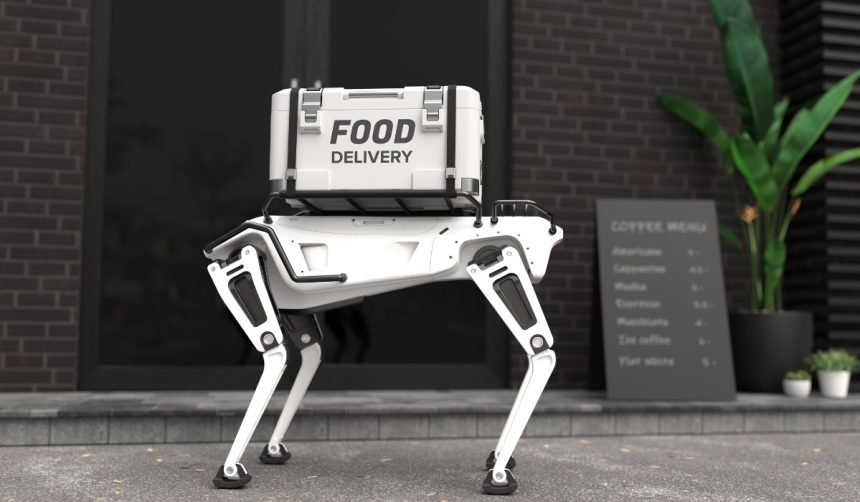Seattle-based Overland AI has introduced ULTRA, its latest uncrewed tactical platform designed to enhance ground operations across various missions. This new autonomous vehicle integrates advanced technologies to adapt swiftly to different operational needs, marking a significant step in the company’s offerings since its inception in 2022. ULTRA is built to operate seamlessly in diverse environments, showcasing Overland AI’s commitment to innovation in defense robotics.
ULTRA distinguishes itself from previous models by offering enhanced payload capacity and extended range capabilities. Earlier iterations from Overland AI focused primarily on basic reconnaissance, but ULTRA incorporates a broader range of functionalities, reflecting the company’s growth and response to evolving defense requirements.
How Does ULTRA Enhance Mission Flexibility?
ULTRA boasts a payload capacity of 1,000 lbs and can achieve speeds up to 35 mph, with a cruising range of 100 miles. These features enable the vehicle to support multiple mission profiles, from reconnaissance to logistics. Its modular design allows for the attachment of various payloads, including uncrewed aerial systems (UAS) and counter-UAS technologies, making it adaptable to different operational scenarios.
What Technologies Power ULTRA’s Autonomy?
The vehicle is powered by Overland AI’s proprietary OverDrive software and SPARK hardware infrastructure. These technologies enable ULTRA to navigate challenging terrains without GPS, relying on advanced sensors and machine learning algorithms. This autonomy ensures reliable performance in environments where traditional navigation systems might fail, such as dense forests or volcanic regions.
How is ULTRA Integrated into Military Operations?
“ULTRA can navigate environments ranging from dense forests to volcanic ridges,”
explained Byron Boots, co-founder and CEO of Overland AI. This capability allows the platform to support critical operations in contested areas like the Indo-Pacific, enhancing the safety and effectiveness of warfighters. Additionally, ULTRA’s networked communication systems ensure real-time data sharing and coordination with command nodes.
Building on an $18.6 million contract with the U.S. Army and Defense Innovation Unit, ULTRA strengthens Overland AI’s position in the defense sector. The vehicle’s adaptability and robust performance make it a valuable asset for the U.S. armed forces, supporting ongoing initiatives across various branches, including the Marine Corps and Special Operations Command.
ULTRA’s deployment is expected to streamline logistics and reconnaissance missions, providing commanders with actionable intelligence and reducing the need for human presence in hazardous areas. The integration of OverDrive and OverWatch software further enhances mission planning and vehicle control, offering a comprehensive solution for modern military challenges.
The introduction of ULTRA sets a new standard for autonomous ground systems, reflecting the rapid advancements in robotics and artificial intelligence within the defense industry. Its successful integration into military operations could pave the way for more sophisticated uncrewed platforms in the future, expanding the capabilities and strategic options available to armed forces.
ULTRA not only represents a technological advancement but also exemplifies the practical application of autonomous systems in real-world scenarios. Its ability to perform multiple roles effectively ensures that it can meet the diverse needs of military operations, providing a versatile and reliable tool for enhancing mission success.
The efficient design and robust capabilities of ULTRA offer significant benefits for military logistics and battlefield reconnaissance. By reducing the reliance on human personnel in dangerous missions, ULTRA contributes to increased operational safety and effectiveness, aligning with broader military objectives of leveraging technology to achieve strategic advantages.
Overland AI’s ULTRA is positioned to become a crucial component in the arsenal of modern military forces, offering a blend of autonomy, versatility, and reliability that meets the demands of contemporary warfare. Its deployment marks a significant milestone in the evolution of defense robotics, showcasing the potential of uncrewed systems to transform ground operations.










